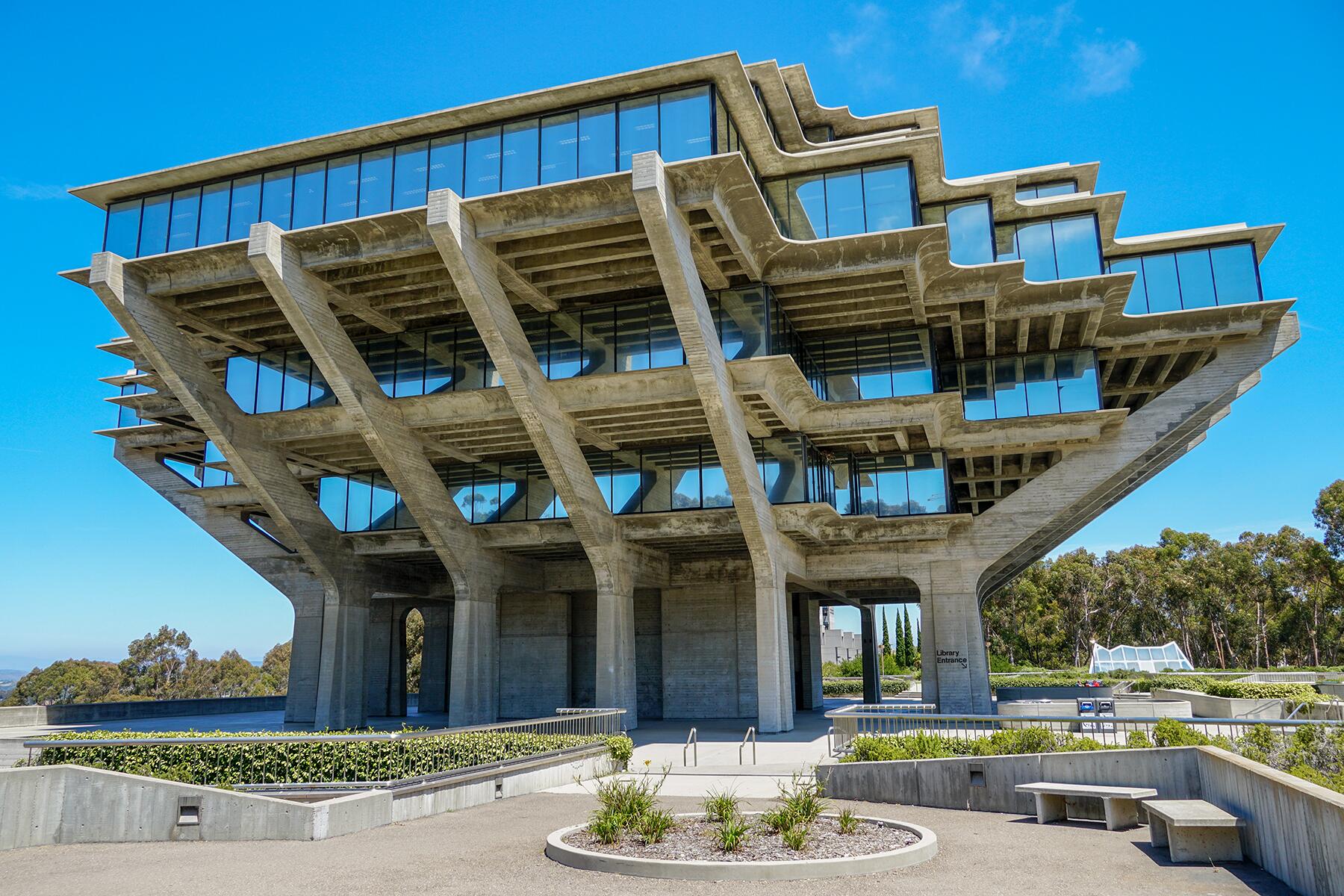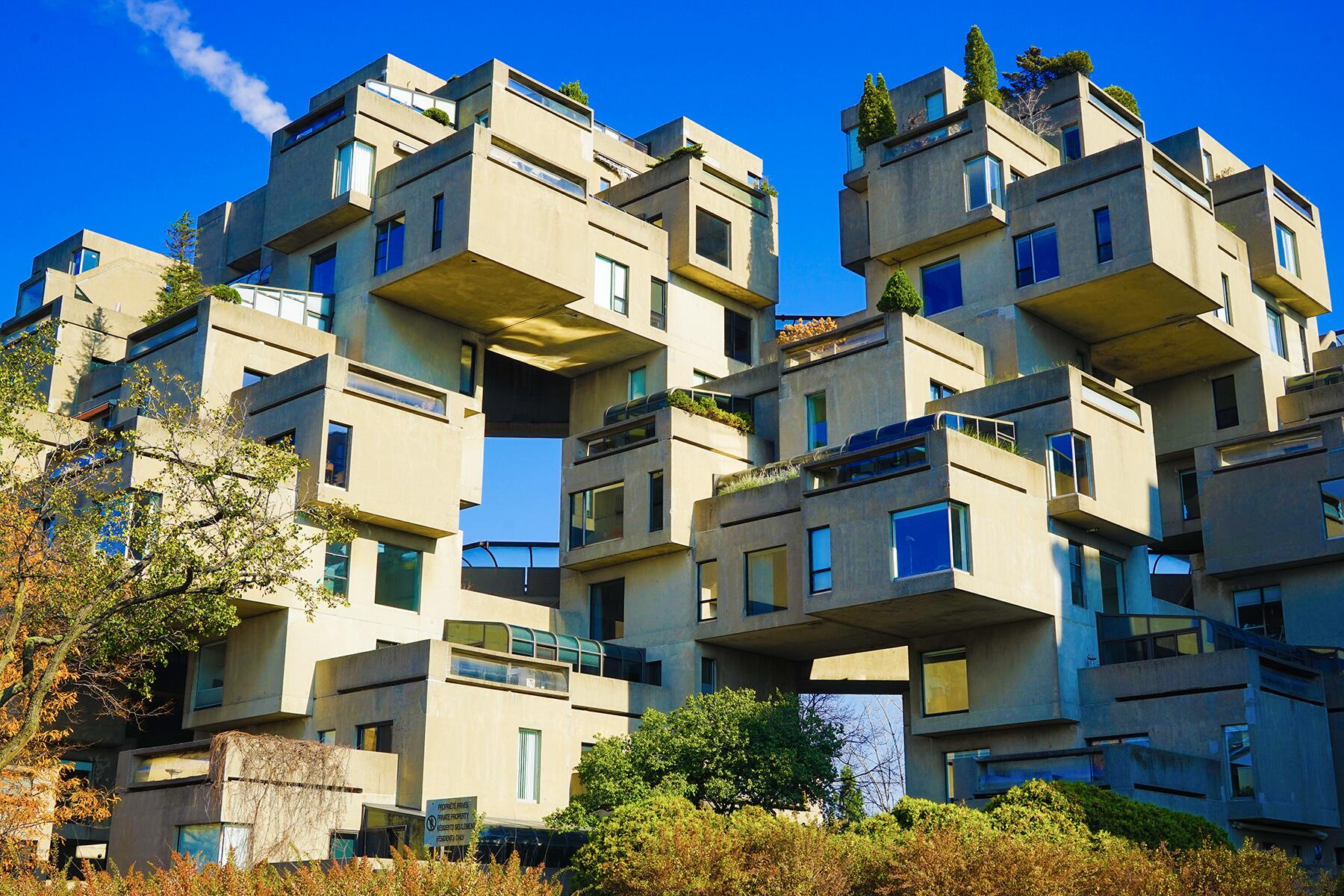Unveiling the Enduring Legacy and Modern Resurgence of Brutalism: "A Brutalista: Exploring The Architectural Legacy And Modern Revival"
Editor's Notes: "A Brutalista: Exploring The Architectural Legacy And Modern Revival" have published today date, shedding light on a significant architectural movement that has left a lasting impact on the built environment and is experiencing a resurgence in contemporary design. The book delves into the history, characteristics, and enduring appeal of Brutalism, making it an essential read for architects, designers, and anyone interested in the evolution of architecture.
Through rigorous analysis and extensive research, "A Brutalista: Exploring The Architectural Legacy And Modern Revival" provides a comprehensive understanding of this often misunderstood architectural style. The book traces the origins of Brutalism in post-war Europe, examines its key proponents and influences, and explores its diverse manifestations across the globe.
Key Differences:
| Traditional Brutalism | Modern Revival |
|---|---|
| Emphasis on raw materials and exposed concrete | Incorporation of sustainable materials and techniques |
| Monumental scale and repetitive forms | Exploration of smaller-scale projects and mixed-use development |
| Focus on functionality over aesthetics | Integration of aesthetic considerations and user experience |
Main Article Topics:
FAQ
Facing the rising interest in the brutalist architectural style, both in preservation and contemporary design, this FAQ will address common inquiries and misconceptions surrounding this distinctive architectural movement.

360Modern Presents Five Reasons to Love Brutalism - Source blog.360modern.com
Question 1: What is the definition of Brutalism?
Brutalism is an architectural style emerged in the mid-20th century, characterized by raw and unadorned concrete structures, bold geometric forms, and a rejection of traditional ornamentation.
Question 2: What are the origins of Brutalism?
The roots of Brutalism can be traced to post-war reconstruction efforts in Europe, influenced by the modernist ideals of Le Corbusier and the works of architects such as Ernő Goldfinger and Alison and Peter Smithson.
Question 3: What are the key features of Brutalism?
Brutalist buildings often feature exposed concrete surfaces, emphasizing the material's natural textures and imperfections. They employ modular and repetitive elements, resulting in a monolithic appearance. Windows are typically small and irregularly shaped, while balconies and staircases are treated as sculptural elements.
Question 4: Is Brutalism a controversial style?
Yes, Brutalism has been a subject of debate and criticism since its inception. Some argue that its raw and austere aesthetic is unwelcoming and oppressive, while others praise its honesty and functionalism.
Question 5: What are some notable examples of Brutalist architecture?
Prominent examples include the Barbican Estate in London by Chamberlin, Powell and Bon, the Trellick Tower by Erno Goldfinger, and the Boston City Hall by Kallmann, McKinnell & Knowles.
Question 6: Is Brutalism still relevant in contemporary architecture?
In recent years, Brutalist architecture has experienced a revival, with contemporary architects re-examining its principles and reinterpreting its aesthetics. This renewed interest stems from an appreciation for its materiality, its expressive qualities, and its potential for sustainable design.
In conclusion, Brutalism remains an influential and polarizing architectural style, leaving a lasting impact on the built environment. Its raw and honest aesthetic continues to inspire and challenge architects and design enthusiasts alike.
Tips
There are several guiding principles that can help you take stunning images of brutalist architecture, enabling you to fully appreciate its raw and assertive beauty.
Tip 1: Embrace the Monochrome
Brutalism thrives on the interplay of light and shadow. Focus on the bold contrasts and geometric shapes that define the building's facade. Experiment with black-and-white photography to accentuate the textures and patterns of the concrete.
Tip 2: Seek Out Textures and Patterns
Close-up shots can reveal a wealth of detail often overlooked from afar. Capture the tactile quality of the concrete, the intricate patterns of exposed aggregate, and the play of light on rough surfaces.
Tip 3: Find Dynamic Angles
Don't be afraid to get creative with your angles. Experiment with shooting from below to emphasize the scale and grandeur of the building. Look for unusual perspectives that reveal the interplay of light and shadow in unexpected ways.
Tip 4: Use Natural Light
Brutalism is all about natural materials and light. Avoid using artificial lighting, which can flatten the textures and obscure the play of light and shadow. Instead, take advantage of the natural light during the golden hours of sunrise and sunset.
Tip 5: Explore the Interior Spaces
Brutalism extends beyond the exterior. Explore the building's interior to capture the interplay of light and shadow within its vast open spaces, concrete columns, and exposed beams.
Tip 6: Consider the Historical Context
Understanding the historical and architectural significance of brutalism will add depth to your images. Research the building's architect, the time period in which it was constructed, and the social and political influences that shaped its design.
Tip 7: Find Unique Perspectives
Move beyond the obvious viewpoints. Explore the surrounding area to find unique vantage points that reveal the building's relationship with its environment.
Tip 8: Respect the Brutalist Aesthetic
Brutalism is not for everyone. Embrace its raw and unvarnished beauty. Avoid excessive post-processing or digital manipulation that could compromise the authenticity of your images.
As you embark on your brutalist photography journey, remember that these tips are not rigid rules but rather guidelines to help you capture the essence of this architectural style. Experiment with different techniques, explore various perspectives, and most importantly, appreciate the unique beauty of brutalism.
For further inspiration and insights, consider exploring A Brutalista: Exploring The Architectural Legacy And Modern Revival. This comprehensive guide delves into the history, characteristics, and contemporary revival of brutalism, providing a deeper understanding of this captivating architectural style.
A Brutalista: Exploring The Architectural Legacy And Modern Revival
The legacy of Brutalism, with its emphasis on raw and exposed building materials and its enduring impact on modern architecture, remains a captivating subject. This article delves into the pivotal aspects that define Brutalism, tracing its architectural roots and examining its resurgence in the contemporary landscape.
- Origins and Roots: Exploring the emergence of Brutalism in the post-war era.
- Concrete and Authenticity: Examining the use of exposed concrete as a defining characteristic and its implications on aesthetics.
- Monumentality and Scale: Exploring the interplay between scale, mass, and monumentality in Brutalist architecture.
- Social Context and Function: Discussing the social and utilitarian purposes behind the development of Brutalist structures.
- Urban Renewal and Legacy: Examining the role of Brutalism in urban renewal and its diverse legacies in cities across the world.
- Modern Revival and Interpretation: Investigating the resurgence of Brutalism in contemporary architecture and its new interpretations.

Elaborate and Bizarre Examples of Brutalist Architecture Around the World - Source www.fodors.com
Through these key aspects, the article explores the enduring impact of Brutalism on the built environment. From its origins in the post-war era to its modern revival, Brutalism continues to provoke discussions and shape the way we think about architecture and its role in society. The article concludes by highlighting the relevance of Brutalism to contemporary architectural practices and underscores its enduring influence on the urban landscape.
A Brutalista: Exploring The Architectural Legacy And Modern Revival
The brutalist architectural style emerged in the mid-twentieth century and is characterized by its raw, unfinished appearance and use of concrete as the primary building material. This style emerged from the modernist movement and was influenced by the work of architects such as Le Corbusier and Ludwig Mies van der Rohe. Brutalism has been criticized for its perceived ugliness and lack of ornamentation, but it has also been praised for its honesty and functionality. In recent years, there has been a revival of interest in brutalist architecture, as people have come to appreciate its unique aesthetic and historical significance.

Modern art is cancer. - AR15.COM - Source www.ar15.com
The connection between "A Brutalista: Exploring The Architectural Legacy And Modern Revival" and the brutalist architectural style is that the book explores the history, legacy, and modern revival of brutalist architecture. The book provides a comprehensive overview of the brutalist style, from its origins in the modernist movement to its recent resurgence in popularity. It also features interviews with architects, critics, and historians, as well as stunning photography of brutalist buildings around the world.
The book is an important contribution to the study of brutalist architecture, as it provides a comprehensive and up-to-date overview of the style. It is essential reading for anyone interested in architecture, history, or design.
Conclusion
"A Brutalista: Exploring The Architectural Legacy And Modern Revival" is a comprehensive book that explores the history, legacy, and modern revival of brutalist architecture.
The book is well-researched and provides a detailed overview of the style, from its origins in the modernist movement to its recent resurgence in popularity. It also features interviews with architects, critics, and historians, as well as stunning photography of brutalist buildings around the world.